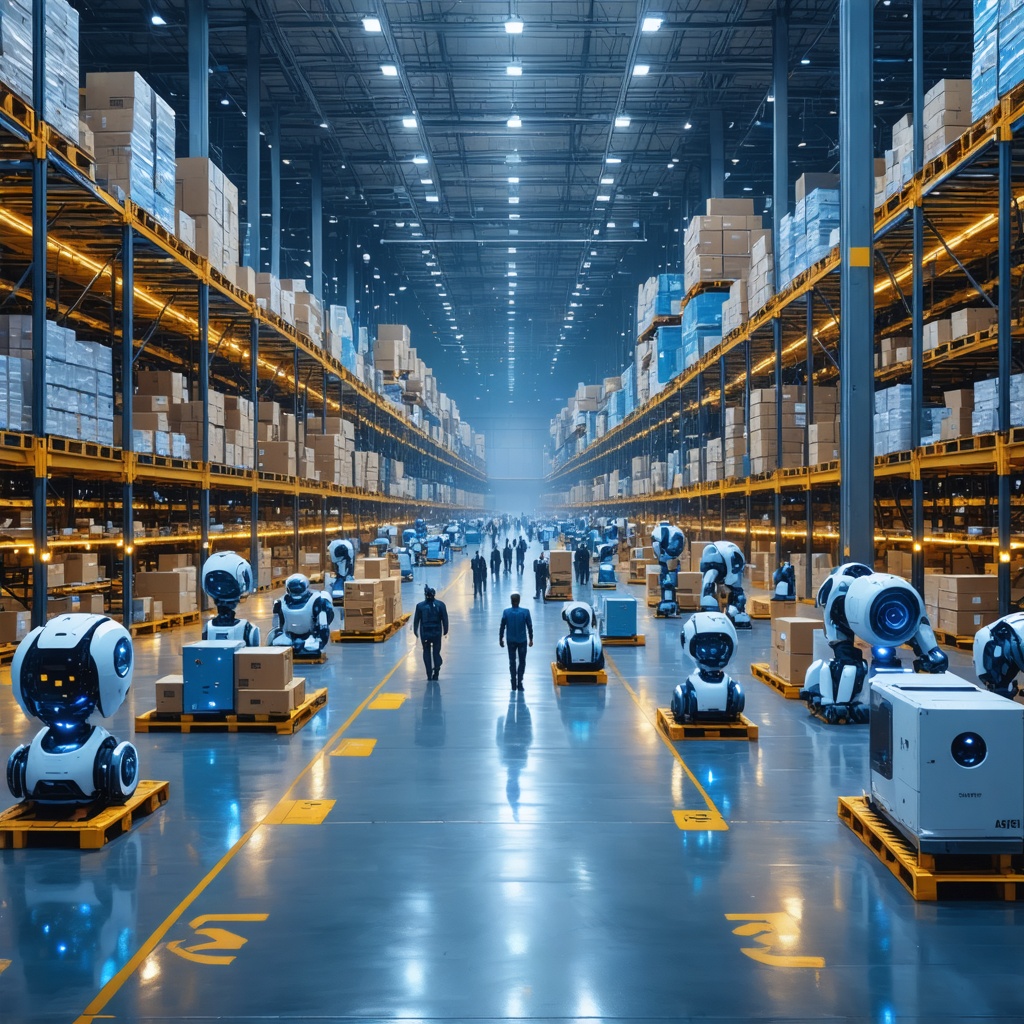Amazon Plans to Replace 500,000 Jobs with Robots

Is Amazon's Robotic Revolution a Job Killer or a Job Creator? 🤖💼
In a bold move that could reshape the employment landscape, Amazon has plans to replace over half a million U.S. jobs with robots. Yes, you read that right! While the tech world buzzes with excitement over advancements in automation, I can't help but feel a twinge of concern for the future of American workers. As the chief editor of Mindburst.ai, I've seen firsthand how AI and robotics can enhance productivity, but at what cost? Let’s dive into what this means for you, me, and the future of work.
The Robot Invasion: What’s Going Down?
According to a recent report, Amazon is set to ramp up its automation efforts significantly. Here’s the lowdown:
- 500,000 jobs: That’s how many positions Amazon aims to replace with robots in the coming years.
- Efficiency at the core: The company argues that automation will speed up operations, reduce costs, and improve delivery times.
- Tech takeover: With advancements in AI and robotics, many tasks traditionally done by humans are now being handed over to machines.
The Pros of Automation: Let’s Not Forget!
Before we panic, let’s consider some potential benefits of this shift:
- Increased Efficiency: Robots don’t need breaks or sleep, leading to faster production cycles.
- Cost Reduction: Lower operational costs could mean lower prices for consumers.
- New Job Creation: As some roles disappear, new tech-focused jobs may emerge. Think robot maintenance and AI programming!
The Cons: A Gloomy Outlook for Workers
On the flip side, the implications for workers are concerning. Here’s why:
- Job Displacement: Many workers, especially in warehousing and logistics, could find themselves out of a job.
- Skill Gap: Not everyone has the tech skills needed for new job opportunities in the automated world.
- Economic Inequality: The divide between high-skill tech jobs and low-skill jobs could widen, leading to greater disparities.
What Can We Do? Steps Toward a Balanced Future
As we navigate this robotic revolution, here are some steps that could help mitigate the fallout:
- Invest in Education: Upskilling programs should be prioritized to prepare the workforce for tech-driven jobs.
- Encourage Collaboration: Companies should focus on a hybrid model where humans and robots work together rather than one replacing the other.
- Policy Advocacy: Lobby for policies that support workers affected by automation, ensuring they have safety nets.
Final Thoughts: The Future is Uncertain
As Amazon gears up for this monumental shift, the implications reach far beyond the retail giant itself. The conversation surrounding automation isn’t just about robots taking jobs; it’s about redefining the workforce and economy in a rapidly changing landscape. Whether this robotic revolution becomes a job killer or a job creator rests on our collective response. Let’s stay informed, engaged, and proactive in shaping a future where both technology and humanity thrive.